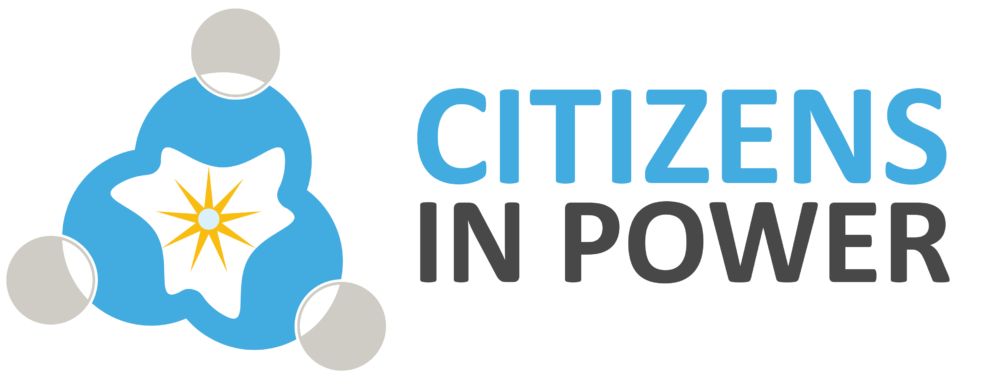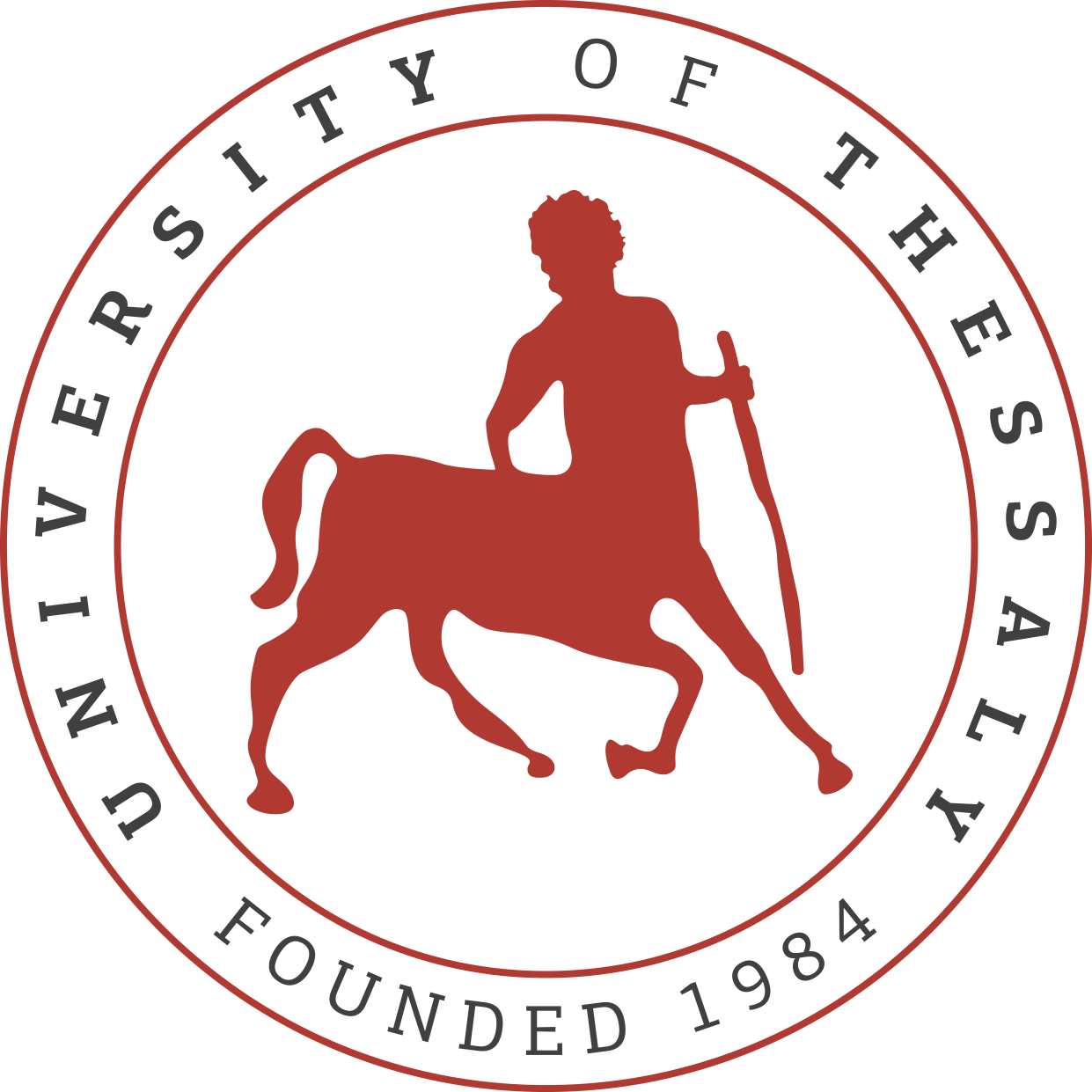Maths in Several forms of Art
Generally connecting mathematics with arts, such as cinematography, drama, literature, music and visual arts, has been considered as a helpful strategy for instructing mathematics for several reasons. First of all, by providing an environment that is considered to be less stressful and psychologically safe increases students’ inspiration and results (Jensen, 1998). When students are worried, achievement lessens because they are preoccupied with a nervous and worrying feeling, distracting them from the actual mathematical tasks (Covington 1999). These worried students could miss a lot of the information they are intended to learn because their focus is derived and deprived from their fear of mathematics, instead of the task to be learnt (Siegel 1999).
Maths in Literature

According to Cohen (2013) “Studying mathematics-related literature helps students develop an appreciation for both mathematics and literature and an understanding of the connection between the two”. There are many studies coming from researchers such as from Growney (2008, 2009), Bahls (2009), Glaz and Liang (2009), Glaz (2010, 2011), and Ivy (2004, 2009) explaining how mathematics can be combined with literature in the classrooms. Using literature effectively with mathematics can help reduce the anxiety (Zambo, 2005). Also, a very broadly cited article by Furner, Yahya and Duffy (2005), suggesting 20 strategies to teach mathematics reaching all students, includes in one of them, the use of literature emphasizing these benefits:
Picture 1 Retrieved from https://www.google.com/search?sa=G&hl=en&sxsrf=ALeKk00CZxMUfJYUMvGVQrnEMmrS380Q4g:1592291862065&q=research+methodology+images+hd&tbm=isch&source=iu&ictx=1&tbs=simg:CAESrwIJS45FdHe1q8IaowILELCMpwgaYgpgCAMSKK4Wtgv9F-gL7Az8F_1gXvgvODIEYnSfgN
- “Teaches math concepts in the context of a story
- Incorporates integrated studies with reading, writing, speaking, listening, and so on
- Develops mathematical thinking
- Prevents math anxiety and creates a less math-anxious classroom environment
- Allows for a variety of responses
- Makes historical, cultural, and practical application connections
- Allows for the use of manipulatives as it relates to the story
- Assesses a child’s understanding by reading/questioning
- Offers a wide range of books that can be used to teach most math concepts
- Leads to problem solving and active involvement from the story’s context
- Provides a shared experience for students and teacher” (Furner et al, 2005, p. 22).
There are many literacy books in several languages associated with mathematics. Giving a small number of the most known ones are ‘The Devotion of suspect X’ by Keigo Higashino (1958), ‘The calculus wars’ by Jason Socrates Bardi (2006), ‘Logicomix’ by Apostolos Doxiades (2009), ‘Mathematical Mysteries: The Beauty and Magic of Numbers’ by Calvin Clawson (1999) and ‘The housekeeper and the Professor’ by Yoko Ogawa (2009) a bestselling Japanese novel also translated in English. Also, tools included in THEAMA project include, for ages 16-18 “The curious incident of the dog in the nigh-time” by David Fickling, “The Da Vinci Code” by Dan Brown, “An abudance of Katherines” by John Green, “The Hitchhiker’s guide to the Galaxy” by Douglas Adams, and for ages 16-18 “Alice’s Adventures in Wonderland” by Lewis Carroll, “Moominpappa at sea and Scaling” by Tove Jansson.
Maths in Drama
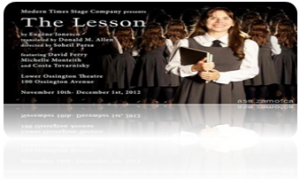
In drama, maths presence is noteworthy in theatrical texts and dramatized dialogues. Learning by acting has proven to be very efficient, especially with young learners with lower attention span and learning difficulties. It is also a desirable way to construct a positive attitude towards mathematics. When used correctly it can enhance the receptive ability of students, the development of the collectivity in learning and increase of the participation of the whole class.
Picture 2: Retrieved from: https://www.google.com/search?q=the+lesson+ionesco&sxsrf=ALeKk02ijhm9aLazw4OKHqsSmDRPXxU3Xw:1592291338051&source=lnms&tbm=isch&sa=X&ved=2ahUKEwjGidW844XqAhWF8eAKHdByCG4Q_AUoAXoECCEQAw&biw=1536&bih=722#imgrc=EP7qQe5w7Qf4yM
Wither these theatrical texts have been especially made for school plays or are classical theatrical documents, their learning outcomes can be beneficiary for students as an alternative and fun way of learning. It is accepted that through a theatrical activity with a mathematical content, students not only can familiarize themselves and ultimately learn mathematical concepts by heart, but also there are other benefits with this approach whilst performing in public such as improving their self esteem, learning to cooperate, fluidize speech and improving attention, concentration and listening to each other. More specifically a theatrical act can be used to discover a new concept or reinvent a new concept.
Maths in Visual Arts
Mathematics and art seem to belong to two very different ways of thinking, respectively logic and creativity. As art is meant to express emotions and mathematics are used to express facts and reflection, one would think they have absolutely no connection. Also, both arts and mathematics can be said to be used by humans in their attempt to express physical and metaphysical reality. Many scholars dealing with the history of art, have occasionally noted that the two greatest revolutions in the history of art, namely Renaissance and Modern Art, were made by artists who conceptualized new geometries; the perspective geometry for Renaissance and the multidimensional geometry for Modern Art. Also, many artists decided to study mathematics in their work.
The Golden Ratio, also called Golden Proportion, is the oldest and strongest tie between mathematics and arts. Not only Ancient Greeks have been using it in architecture and arts, but it is also used very often nowadays. This is done in an attempt to reach harmony, and the golden ratio does exactly that, it is actually inextricably related to harmony. The Ancient Greeks, who were the first ones to develop the science of aesthetics, analyzed beauty, believing that harmony is its very basis. Beyond the meretricious use of the Golden Ratio in arts, the Golden Ratio can be found widespread in nature such as in plants, shells, flowers, animals and even in the proportion of human body.
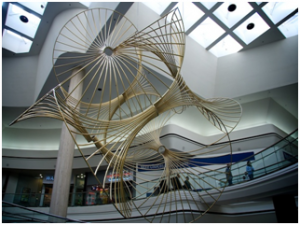
In addition, geometric knowledge could decisively be conceived as theoretical instrument in visual arts. On the other hand, art assimilates elements which they took from both the material and the abstract world of science. In fact, the existence of the geometric instinct is what led the primitive artist in depicting the three-dimensional space. Geometric knowledge could decisively be conceived as a theoretical instrument in visual arts.
Picture 3: Retrieved from: http://www.charlesperry.com/sculpture/solar-cantata
Maths in Music
Despite the fact that many students might love music whilst hating math, what they do not know is that they are related to each other and, in fact, it is said that mathematics can help us explain the musical experience. Since 1998, Grandin, Peterson, and Shaw showed that music improves reasoning skills, which are crucial to learning mathematical concepts such as proportional reasoning and developing geometry skills. Rauscher et al. (1997) claim that music promotes the development of such thinking skills and especially recognizing patterns and using logic.
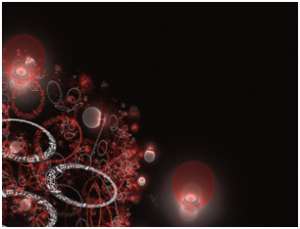
Pythagoras the Ancient Greek, even from the 6th century BC, realized that different sounds can be made with different weights and vibrations. This led to his invention that the pitch of a vibrating string is proportional to and can be controlled by its length. Strings that are halved in length are one octave higher than the original. Thus, the shorter the string, the higher the pitch. Pythagoras also found out that notes of certain frequencies sound best with multiple frequencies of that note. For example, a note of 220Hz sounds best with notes of 440Hz, 660Hz, and the like. Subsequently, you can already see that from the very basics to the most complicated synthesis, math is intertwined with music.
Picture 4 Retrieved from: https://www.bing.com/images/search?view=detailV2&insightstoken=bcid_RFAxwHDXlXEBvA*ccid_UDHAcNeV&form=SBIWFC&idpp=sbiwfc&iss=SBIUPLOADGET&selectedindex=0&id=1606081902&ccid=UDHAcNeV&exph=656&expw=960&vt=2&sim=11
Maths in Cinematography

According to Polster (2012), there are more than 700 movies related to mathematics to a large or smaller extent. Movies are considered as an injection of moments of fun, which can be used into courses in an attempt to make the learning of mathematics enjoyable and interesting for the young audiences. Some of the most promising ones for ages 13-15 such as Prime Numbers in the series “The Bing Bang Theory”, the movies “The man who knew infinity”, “x+y” or “A brilliant youn mind”, “Mirrored”, “Kingdom of Heaven”, “Back to the Future” and for ages 16-18 “Back to the Future”, “21”, “Moneyball”, “Pay it Forward”, “Hidden Figures”, “October Sky”.
Picture 5: Retrieved from: https://www.google.com/search?q=hidden+figures&sxsrf=ALeKk03lpgqEPZtF9CzscwR4mq82EebPTw:1592290428608&source=lnms&tbm=isch&sa=X&ved=2ahUKEwjm74CL4IXqAhXDyYUKHSSuCZoQ_AUoAXoECCYQAw&biw=1536&bih=722#imgrc=2YGvMKL0I-n2rM

This project has been funded with support from the European Commission. This website and all its contents reflect the views only of the author, and the Commission cannot be held responsible for any use which may be made of the information contained therein.
[Project number: 2018-1-SE01-KA201-039031]







